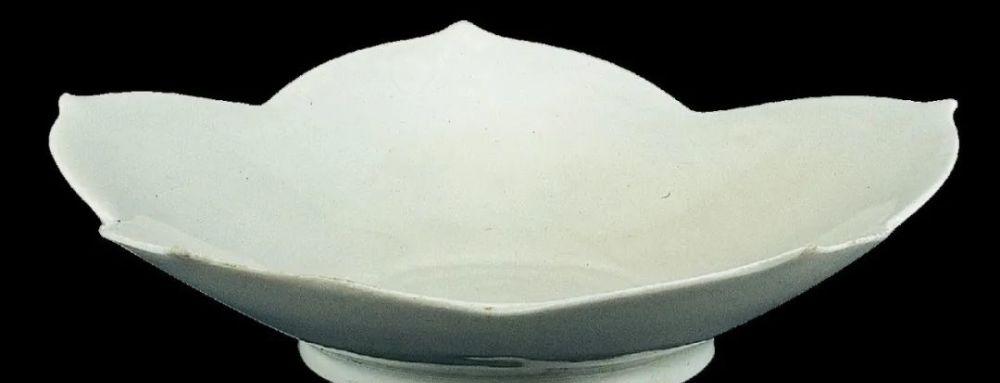With the high development of politics, economy and culture in the Tang Dynasty, the customs and functions of the Spring Festival underwent major changes in the Tang Dynasty. From the sacrifice of exorcism and prayer to the festival of reunion and celebration, the focus of the Spring Festival shifted from the worship of gods to the entertainment of people.
Yuan is the beginning, Dan is the morning, New Year's Day is the first of the year, the first day of the New Year, is the most important traditional festival in China. "The great country is happy to prepare, and the ten thousand states are in charge" is exactly the scene of the yuan day on the court. The Emperor of the Tang Dynasty held a ceremony of the imperial assembly on the first day, which was a solemn and grand ceremony. The emperor not only had to accept grand pilgrimages from civil and military officials everywhere, but also received congratulatory greetings from leaders and envoys from distant ethnic minorities and vassal states, and gave Baiye, Tusu wine and other things to the courtiers to celebrate the New Year. After that, the feast in the main hall of the court was varied, and the songs and dances were raised, and the new year was blessed with good fortune and prosperity.

▌ [Tang] Ding kiln "guan" character white glazed five-pointed petal plate
In 1985, the Xi'an Fire Wall Cellar was excavated
In 1985, a batch of kiln white porcelain was unearthed from the fire wall in the northern suburbs of Xi'an, and the shape was mostly based on gold and silver ware, with three-pointed petal plates, five-pointed petal plates, five-wide petal plates, five double-ridged valve plates, etc., and the production process was extremely elaborate, representing the highest level of late Tang Dynasty Dingyao porcelain. The site belongs to the ruins of Andingfang in Chang'an City in the Tang Dynasty, which is a place where officials and eunuchs lived, and the treasures in this cellar are likely to be buried in the ground to escape the war chaos at the end of the Tang Dynasty. This batch of kiln porcelain was once considered by some scholars to be a product of the Fifth Dynasty to the beginning of the Northern Song Dynasty, but in recent years, compared with the porcelain excavated from the Qiankuan Tomb at the end of the Tang Dynasty and the history of the construction of Chang'an City in the Fifth Tang Dynasty, it is more inclined to burn the wall cellar for the late Tang Dynasty.
The delicate and delicate fine white porcelain was specially used by the Tang dynasty royal family and nobles. The "official" character on this group of porcelain is not synonymous with "official kiln", but a designated firing unit. During the Tang and Song dynasties, there were two institutions related to the word "official". One was the "Taiguan Order", which was in charge of the emperor's diet; the other was the "Zhen Guan Bureau", which was responsible for supplying porcelain for the palace and for firing the ming utensils given by the emperor to the ministers for funerals. The tires of the bowls and plates unearthed in this batch of cellars are very thin, the degree of porcelain is high, the soles of the circle feet have been knife-sharpened, some of the outer walls have contour repair marks, and the "official" characters at the bottom of the utensils are engraved before the glaze is applied. The shape is the most distinctive with flower mouth and multi-petal plate bowl, generous shape and exquisite production.
▌ [Tang] Xing kiln "Ying" character white glaze with lid to hold the pot and tray
It was excavated in 2002 at the site of Tangqinglong Temple in the southern suburbs of Xi'an
In 2002, a group of exquisite Xing kiln white glazed porcelain was unearthed in the well of the Tangqinglong Temple site in the southern suburbs of Xi'an. This is the second time that this kind of "Ying" porcelain has been excavated within the site of Qinglong Temple, and it is the first time that this "Ying" style has been excavated in groups with a lid white porcelain jug and tray, and its academic value is extremely precious.
The character "Ying" represents the "Great Yingku" of the Tang Dynasty, which is recorded in the New Book of Tang and the Old Book of Tang, and is the storage institution of the Tang Court. This group of newly discovered "Ying" white porcelain with lids and trays undoubtedly provides valuable physical information for the study of the Tang Dynasty Royal Daying Library.
This article is excerpted from the article "How the Tang Dynasty Celebrates the Spring Festival through Cultural Relics" in the 4th issue of the "Collection" magazine in 2019, please pay attention to the current issue of the magazine for more content.